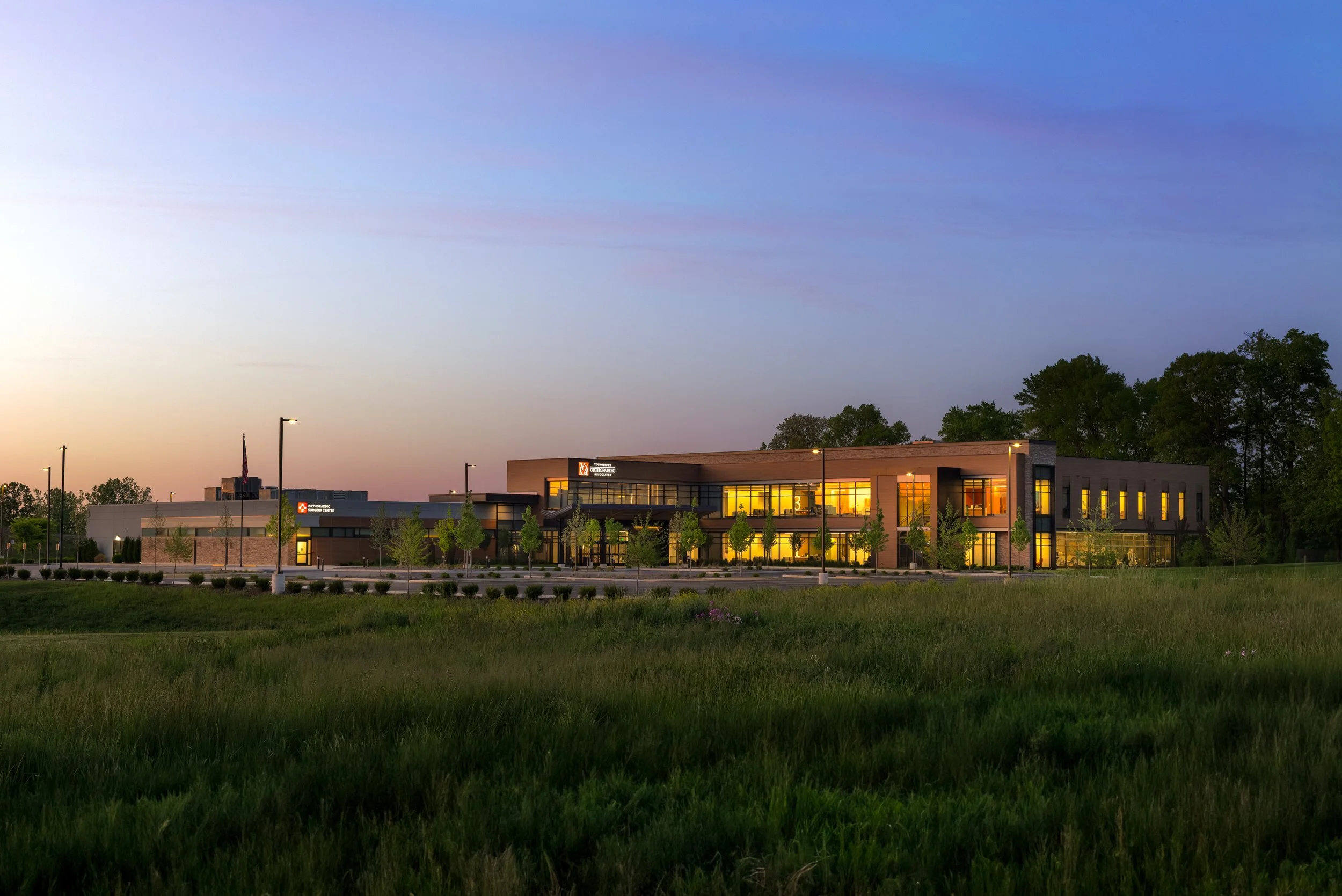Process
-
Typically to pull a proposal together, I just need the type of project, estimated date range for the shoot, approximate final number of images, and whether or not you want to work with people/models in the photos.
At this point, if everything looks good on the proposal I just need a signature to lock in the date and start planning.
-
Once I have a signed proposal, I’ll start to prep for the shoot, which includes researching the weather, the sunlight, any travel requirements or other various factors that may affect the day of the shoot. I typically write out a pretty detailed schedule with a little extra room and breaks built in. For larger shoots, I usually suggest a quick touch base meeting closer to the shoot date. If we are working with models, this is when we’ll start to nail down those details and make sure we have necessary releases, etc.
-
Shoot days can be long and exhausting, so we do everything we can to prep for the big day. Sometimes we run into unexpected conditions and have to make a call on site — which is why it is so important to have someone from the firm or company on site during shoots.
At a typical shoot, I work with two cameras — one mounted and one handheld. I shoot tethered to an iPad and prefer to work collaboratively, reviewing compositions and placement of models as we move through the day.
-
I like to provide a partial edit in proofing galleries, which takes some of the guessing out when trying to make final selections. Typical turnaround is about 2 weeks for proofing galleries.
Once client selections are made, final retouching and edits are made before delivering the high res files. This step can take anywhere from 1-4 weeks depending on the level of retouching required and number of images.
-
Files are delivered via link to the mail client. If there are cost sharing partners, separate links can be sent to each participant.
FAQs
-
Every single shoot is different, and pricing depends on the number of images, the required travel, whether or not we’re working with models, and how many final images are needed. It’s best to reach out with some specifics and I can give you a rough idea before we move forward with anything formal.
-
Cost sharing can get complicated, but it’s well worth it if you have project partners who are also interested in licensing the photos. The typical formula involves a percentage increase per additional company, and then we divide the total by the
-
Unfortunately project delays are extremely common these days. It’s usually not an issue to push the shoot date out if construction is delayed, but rescheduling is dependent on availability. The most difficult time to reschedule is during the fall.
-
Exterior shoots are highly dependent on the weather. Depending on the project, I will often encourage pushing the shoot date out if the forecast is calling for rain or clouds. I almost always prefer clear sunny skies for exteriors.
For interior shoots we would usually keep the shoot date, unless the project has a strong need for direct sunlight — in which case we’d make the call on a project specific basis.
-
Most of my experience and portfolio are commercial, but I do occasionally shoot residential projects. The process is nearly identical to how I approach commercial shoots, just at a smaller scale and with some additional coordination since we’re working with a homeowner.

